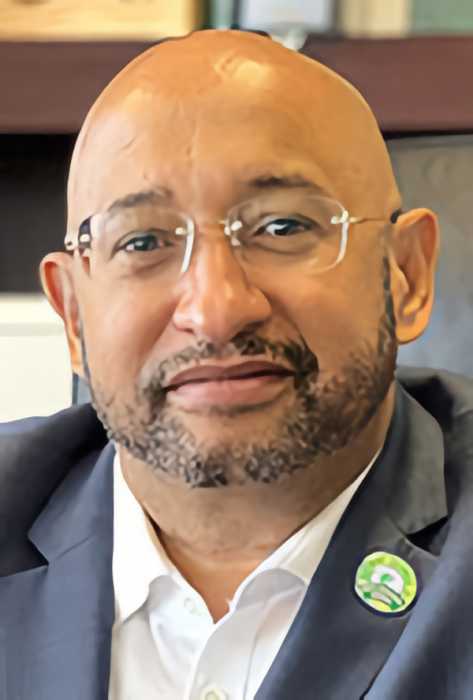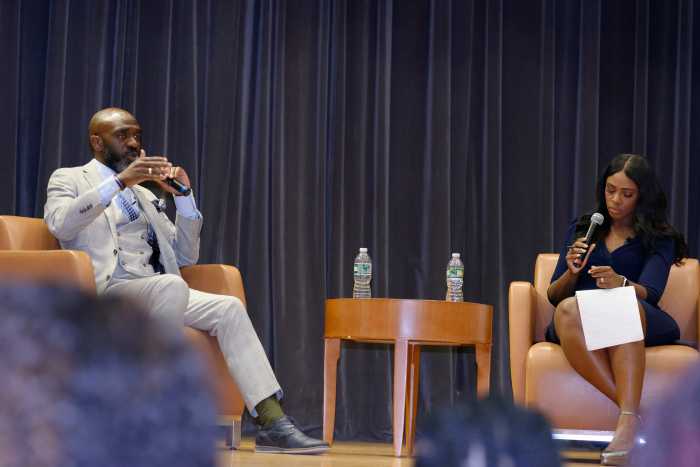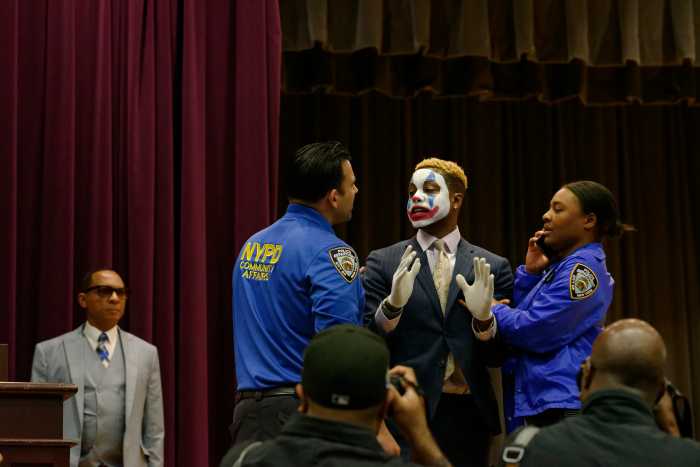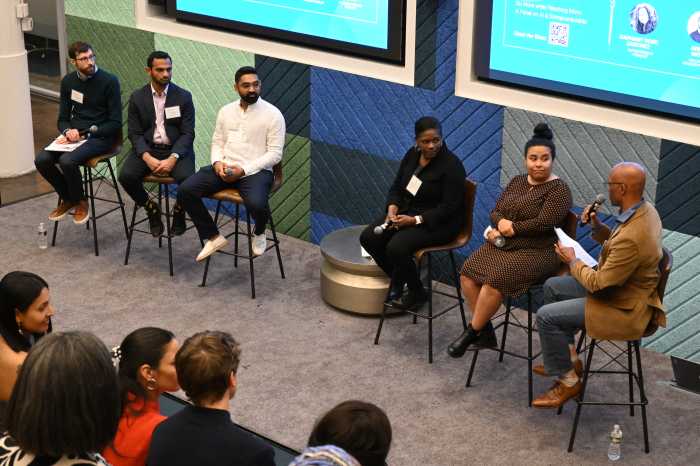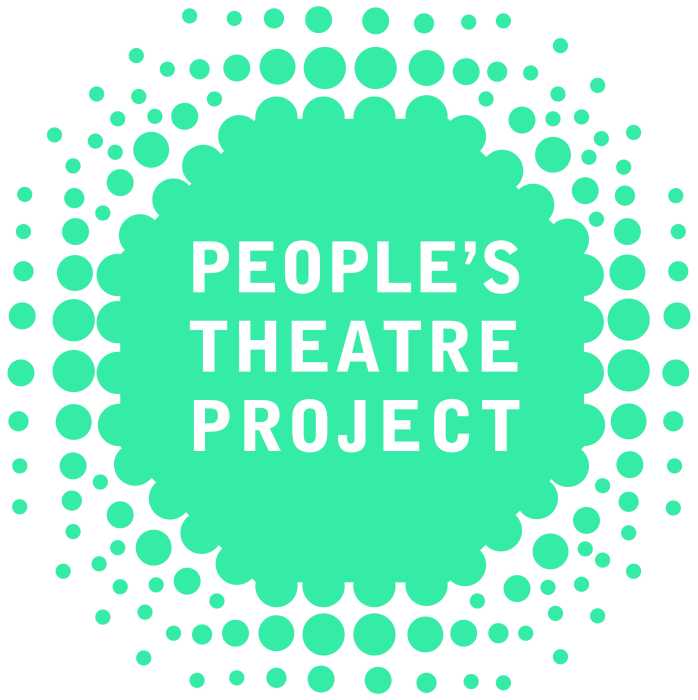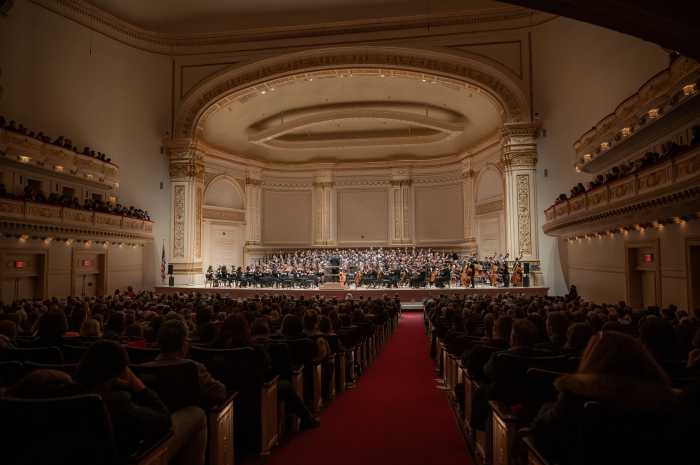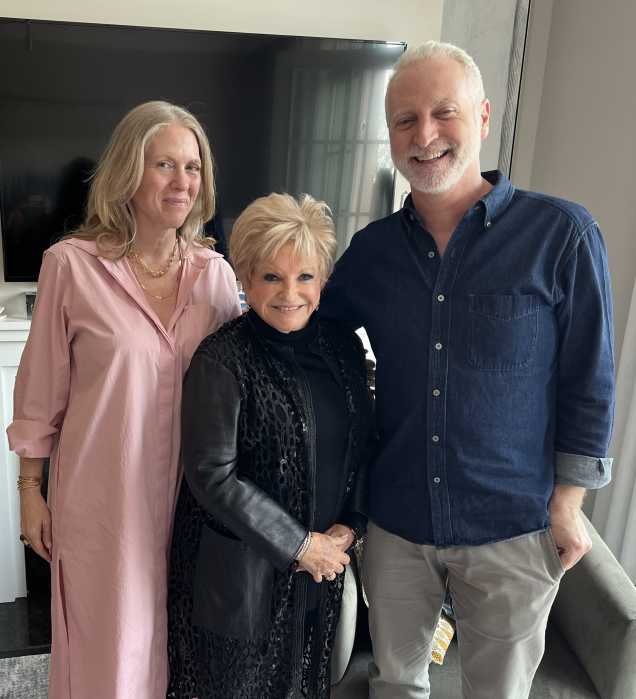Last year, I called a meeting of the Howard University Board of Trustees to discuss a serious problem. More than 80 seniors at Howard had indicated they were going to have to drop out of school and would not be able to earn their degrees. The reasons were all economic. Some were overburdened by student loan debt. Others were told by their families that they could no longer afford to help them pay for college. And, yet others felt the need to find a job so they could help their families who were struggling to make ends meet because of the recession.
The problem we faced at Howard is a microcosm of what is happening today as Congress debates whether or not to extend the 3.4 percent interest rate of federal student loans, or to let it double to 6.8 percent on July 1. This decision affects approximately 7.4 million students who are estimated to take out these loans in the upcoming year.
At AARP, we see the student loan debt problem through a different lens, but it stems from the same circumstances. More and more older adults are still saddled with the burden of paying off student loans, either their own or those of their children, and in some cases, their grandchildren. According to a report from the Federal Reserve Bank of New York, Americans 60 and older still owe roughly $36 billion in student loans, and more than 10 percent of those are delinquent. And, increasingly, older adults are postponing retirement in order to pay off student loan debt accumulated by their children or grandchildren.
The reason we were so concerned at Howard and at AARP-and why all Americans should be concerned today-is because higher education is not only the gateway to the American Dream, it is the key to restoring prosperity to the middle class. The facts are clear. The median weekly income for high school graduates last year was $638 compared with $1,053 for college graduates. Furthermore, the unemployment rate for workers with just a high school diploma is 9.2 percent, more than double the rate for those with college degrees.
Being able to attain an affordable education also concerns us at AARP because we know that being able to live the life you want at 50, or 60 or 80 depends largely on whether or not you get a good start in life and have access to an affordable, quality education. That’s why we have joined forces to create AARP Experience Corps, a program that recruits older volunteers to volunteer in schools to make sure that students are reading at grade level by third grade. If they’re not, their chances for success in life diminish greatly.
We also see more and more people who reach a point where they want to do something different in their lives or they are forced to go into a different field because they can’t find a job. So, they go back to school, maybe to become a teacher, or to get a master’s degree, or to pursue a field of study that has always interested them. Often, they rely on student loans to help finance their life reinvention dreams.
I get angry when I hear people question whether a college degree is really worth the investment. Of course it is. It’s true, many people with college degrees have lost their jobs and are deep in debt. But this is an even more harsh reality for those without college degrees. They struggle even more.
I also understand that when people question the value of a college education, what they are really concerned about is the cost. They compare the cost of a college education with the current economy and question whether they can ever earn enough to justify the investment. But this speaks more to the downturn in the economy and the erosion of the middle class than it does to the value of a college education. The reality is that more and more of the jobs in the future will require a college degree at a minimum.
The undeniable truth is that over the past generation, more and more of the middle class have fallen off the cliff into poverty-pulled down by a lack of job opportunities, rising health care costs, inadequate savings, declining home values, a lack of consumer protections and stagnant wages that have not kept pace with the costs of meeting basic human needs. Working adults now comprise a record share of the poor in this country-nearly 57 percent according to the most recent census data.
Moreover, a majority of middle-class Americans today believe that the next generation of adults will be worse off than their parents. If that happens, it will be the first time in our history. We cannot allow that to happen. And the first step in preventing it is to ensure access to affordable, quality higher education.
As we engage in this debate over student loan interest rates, we must remember that it was the GI Bill, passed following World War II, that opened the door to affordable higher education for so many, which in turn helped people achieve a higher standard of living and fueled the prosperity that built up the American middle class. It was access to education that helped boomers and others acquire the knowledge and skills to create the digital world we live in today.
At a time when we should be doing everything we can to restore prosperity to the middle class and to prepare our young people to create the world of tomorrow, we must also do everything we can to make sure that they have access to a high quality, affordable, higher education, not take steps like increasing interest rates that put it further out of reach. Our future depends on it.
A. Barry Rand is CEO of AARP and Chairman of the Board of Trustees at Howard University in Washington, DC.



